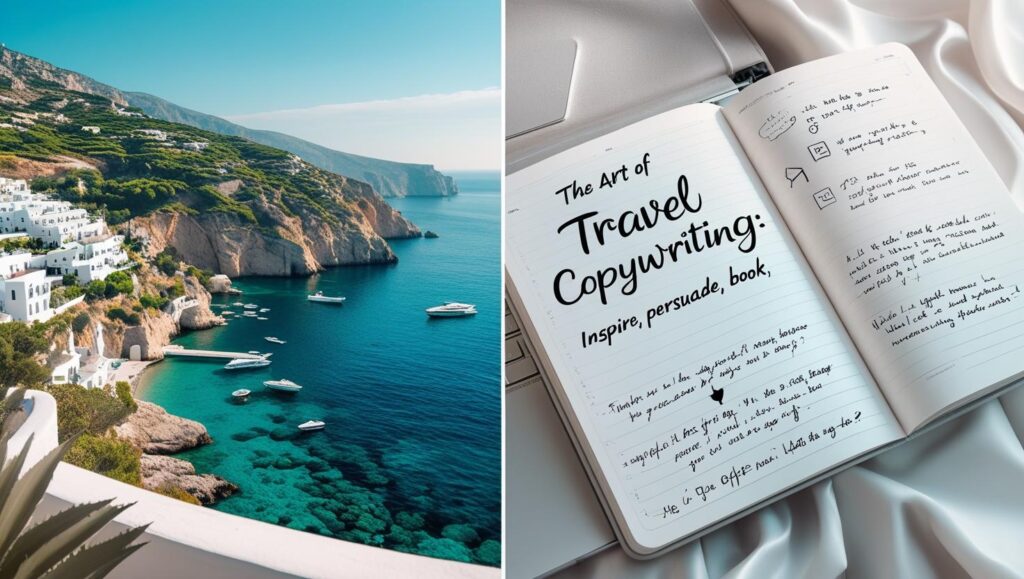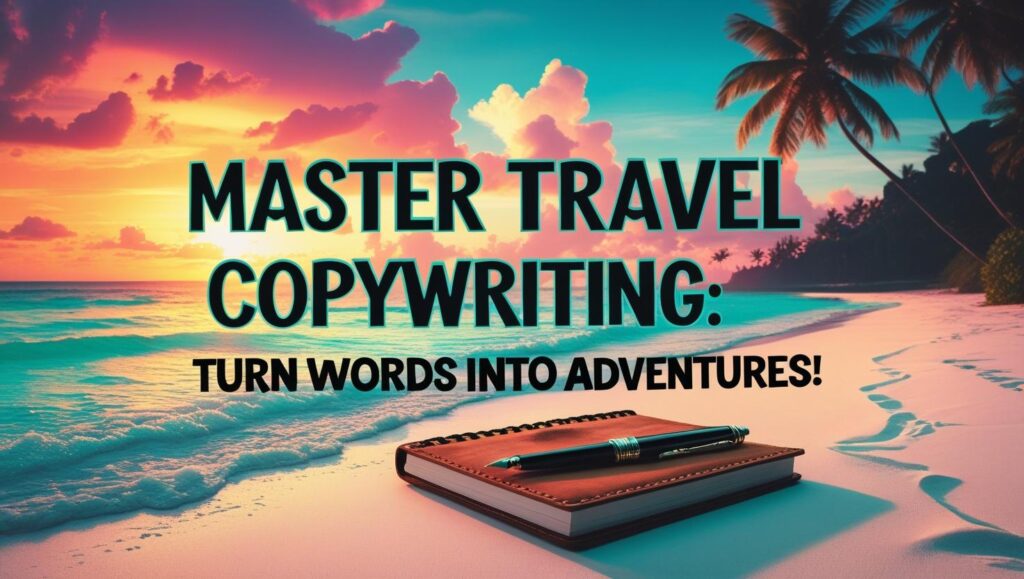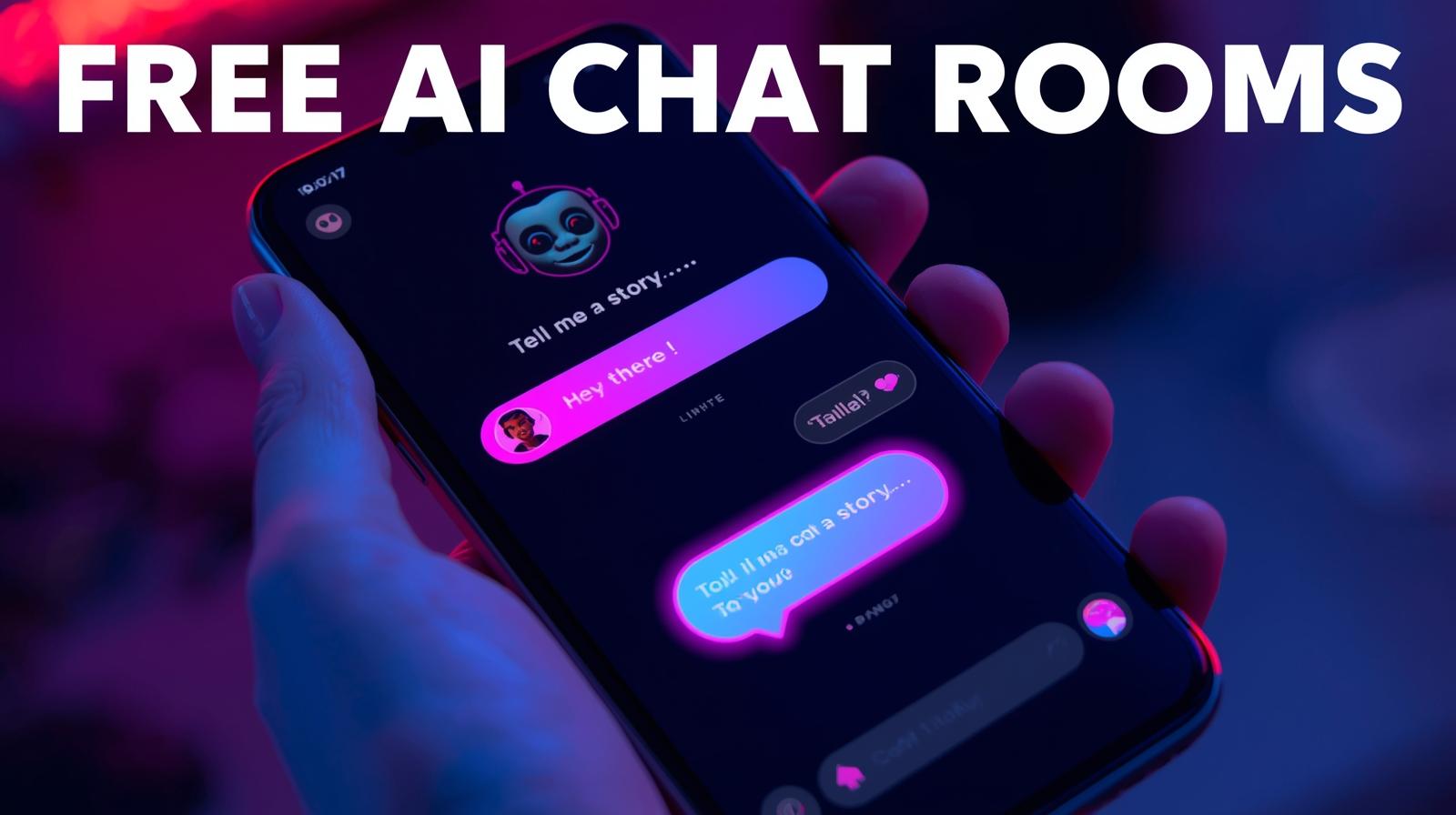Introduction to Travel Copywriting
So, you want to write copy that makes people pack their bags and catch the next flight out? You’re in the right place. Expert Travel Copywriting Techniques is more than just describing a pretty beach or a mountain retreat—it’s about stirring emotion, telling a story, and selling a dream.
What is Travel Copywriting?
Travel copywriting is the art of using persuasive and emotionally compelling language to promote destinations, services, or experiences in the travel and tourism industry. From Instagram captions to full-blown brochures, this type of copy convinces readers to explore the world.
Why It’s Crucial in the Travel Industry
Let’s be real: there are thousands of travel options out there. What makes one destination or brand stand out? The words. Expertly crafted travel copy builds excitement, creates trust, and ultimately drives bookings.
Understanding Your Audience
Identifying Your Ideal Traveler
Before you write a single word, ask yourself—who am I writing for? Luxury jet-setters? Budget backpackers? Digital nomads? Knowing your target audience will shape your vocabulary, tone, and even the types of adventures you highlight.
Tailoring Tone and Style for Different Demographics
Talk to a 60-year-old retiree the same way you’d chat with a college grad on a gap year? Nope. Use a tone that resonates—fun and casual for millennials, informative and reassuring for families, aspirational for high-end travelers.
The Psychology Behind Great Travel Copy
Creating Emotional Connections
We’re emotional beings. The right phrase can ignite a longing to escape, explore, and experience something new. Your copy should tap into feelings—freedom, curiosity, peace, excitement.
Using FOMO (Fear of Missing Out)
“This hidden Greek island is only open to 100 travelers a year.” Sounds intriguing, right? That’s FOMO at work. Make your audience feel like they’ll miss out on something unforgettable if they don’t act now.
Triggering Wanderlust with Descriptive Language
Skip generic terms like “beautiful” or “nice.” Instead, say: “A turquoise lagoon wrapped in ivory sands, untouched by time.” Descriptions should activate the senses and bring a place to life expert Travel Copywriting Techniques.
Crafting Irresistible Headlines
Headline Formulas That Work
- “10 Hidden Gems in [Destination] You Can’t Miss”
- “How to Travel [Place] Like a Local”
- “The Ultimate Guide to [Experience] in [Place]”
Power Words That Convert Readers into Travelers
Use words like:
- Discover
- Escape
- Secret
- Unforgettable
- Bucket-list
These create a sense of mystery, adventure, and urgency.
Mastering the Art of Storytelling
Structure of a Travel Story
Every story needs a beginning, middle, and end:
- Begin with a hook
- Build suspense or emotional depth
- End with a memorable takeaway or CTA
Incorporating Personal Experiences
Readers crave authenticity. Share your real moments—both magical and messy. It builds trust and adds a human touch to your brand.
Writing for SEO Without Losing the Magic
Keyword Placement Done Right
Yes, SEO matters—but stuffing your content with keywords like “cheap hotels in Paris” 20 times is a big no-no. Use them naturally in:
- Titles
- Headings
- Meta descriptions
- Image alt tags
Using Semantic Keywords Naturally
Include related terms like:
- Budget accommodations
- Affordable stays
- Travel on a budget
Writing Meta Titles and Descriptions That Pop
Your meta title should be clear and clickable. For example:
Title: “Budget-Friendly Paris: 10 Places to Stay Under $100”
Description: “Explore affordable hotels in Paris without compromising comfort. Find the perfect stay today!”
Call-to-Actions That Spark Bookings
Action-Oriented Language
Don’t just say “Book now.” Try:
- “Plan your escape today”
- “Snag your spot in paradise”
- “Let the journey begin”
Creating Urgency Without Being Pushy
Use phrases like:
- “Limited-time offer”
- “Only a few spots left”
- “Season ends soon”
Formatting Techniques That Improve Readability
Short Paragraphs and Bullet Points
Keep things digestible. Long walls of text? Big turnoff. Break things up with:
- Bullets
- Numbered lists
- Short, snappy paragraphs
Subheadings and Visual Breaks
Use H2s and H3s to guide readers. Add images, pull quotes, or bold text to give eyes a breather.
Leveraging Social Proof in Your Copy
Testimonials and Reviews
Real traveler feedback builds credibility. Quote short reviews or link to more detailed stories.
Influencer Endorsements
Partnering with travel influencers? Drop a mention like: “As seen on @NomadicNancy’s top 10 destinations.”
Writing for Different Travel Platforms
Website Content
Think homepage hooks, destination guides, and service pages that answer traveler questions fast.
Social Media Posts
Keep it punchy and visually appealing. Use emojis, hashtags, and tag locations.
Travel Blogs and Articles
Long-form content gives space for storytelling and SEO. Offer value, tips, and rich details.
Email Campaigns
Use catchy subject lines and keep emails scannable. Personalize whenever possible.
Avoiding Common Mistakes in Travel Copywriting
Overuse of Clichés
“Hidden gem,” “breathtaking views,” “once-in-a-lifetime.” Heard it a million times. Be original!
Being Too Generic
Don’t just say it’s “a great place to visit.” Show why with details that are specific, unusual, and compelling.

The Power of Visual Language
Painting Vivid Mental Images
Instead of saying “The sun was setting,” say “The sky melted into shades of tangerine and blush as the sun dipped behind the dunes.”
Sensory Writing Techniques
Appeal to:
- Sight: vibrant murals
- Sound: rustling palms
- Smell: fresh-baked pita
- Touch: soft hotel sheets
- Taste: spicy street tacos
Editing and Proofreading Like a Pro
Tools That Help
Use:
- Grammarly
- Hemingway App
- ProWritingAid
Reading Aloud for Flow
Your eyes may skim over awkward phrases, but your ears won’t. Read it out loud. If it sounds clunky, rewrite it.
Staying Updated with Trends
Adapting Copy to Current Travel Trends
From eco-tourism to digital nomad life—tailor your content to match trending travel styles.
Seasonal and Event-Based Writing
Capitalize on holidays, festivals, or seasonal travel like:
- “Winter Escapes”
- “Best Spring Break Spots”
- “Festivals Worth Flying For”
Conclusion
Expert Travel Copywriting Techniques isn’t just about selling trips—it’s about selling dreams, stories, and experiences. The best travel copywriters know how to balance emotion with information, flair with clarity, and creativity with SEO. By understanding your audience, mastering storytelling, and keeping your copy crisp and compelling, you’ll have travelers not just reading your words—but living them.
FAQs
What makes travel copywriting different from general copywriting?
It’s emotion-driven, visual, and experience-based. You’re not just selling a product—you’re selling a journey, a memory, a lifestyle.
How do I start a career in travel copywriting?
Start by blogging your travel experiences, build a portfolio, then pitch to travel agencies, tour operators, or content platforms.
What tools can help improve my travel writing?
Grammarly, Hemingway, Thesaurus.com, and SEO tools like Ubersuggest or SurferSEO are great allies.
How important is SEO in travel copy?
Very. Good SEO helps your content rank higher, making it more discoverable to potential travelers.
Can storytelling really impact travel bookings?
Absolutely. A great story can transport the reader emotionally—and lead them to click “Book Now.”



